Cosmetic Acupuncture
Cosmetic acupuncture rejuvenates skin naturally, promoting collagen and reducing wrinkles without surgery or chemicals.
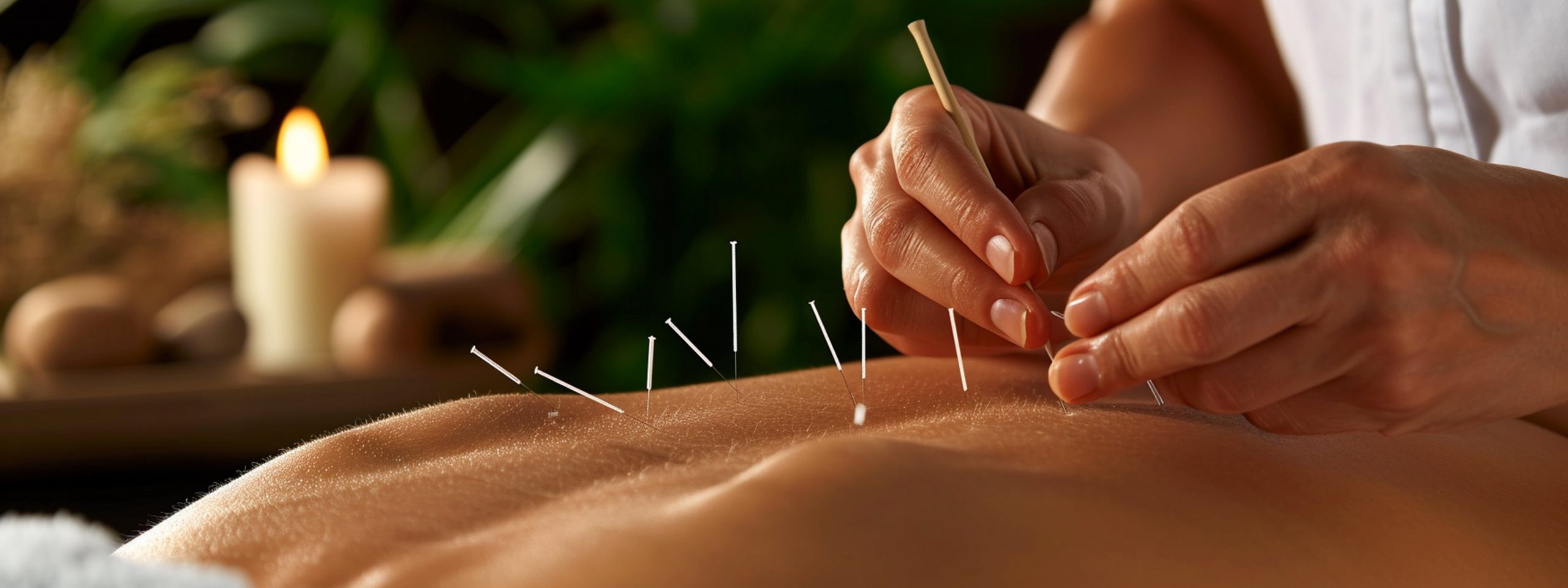
At Mizan, we believe in combining Eastern and Western medical principles to holistically treat patients. Healing Through Acupuncture & Chinese Medicine in Toronto
Book AppointmentAcupuncture and Traditional Chinese Medicine in Toronto (TCM) offer a natural, time-tested approach to healing and wellness. Rooted in ancient Chinese philosophy, this holistic system focuses on restoring balance and harmony within the body. Acupuncture involves the insertion of fine, sterile needles at specific points on the body to stimulate energy flow (Qi), improve circulation, and activate the body’s natural healing mechanisms. It is widely used to treat pain, stress, fatigue, digestive issues, insomnia, and more.
Chinese Medicine takes a broader view of health by addressing the root causes of illness rather than just the symptoms. It includes herbal medicine, cupping, moxibustion, and lifestyle recommendations tailored to each individual’s unique constitution and condition. The goal is to restore the balance of Yin and Yang and ensure the smooth flow of Qi throughout the body. With a personalized treatment plan, many patients find lasting relief from chronic conditions and enjoy improved overall well-being.
Whether you’re managing a specific health issue or simply looking to enhance your vitality, acupuncture and Chinese Medicine in Toronto provide a safe, effective, and drug-free alternative. Practiced by qualified professionals, these therapies offer a gentle yet powerful way to support physical, mental, and emotional health. Reconnect with your body’s natural ability to heal—experience the benefits of acupuncture in Toronto and Chinese Medicine today.
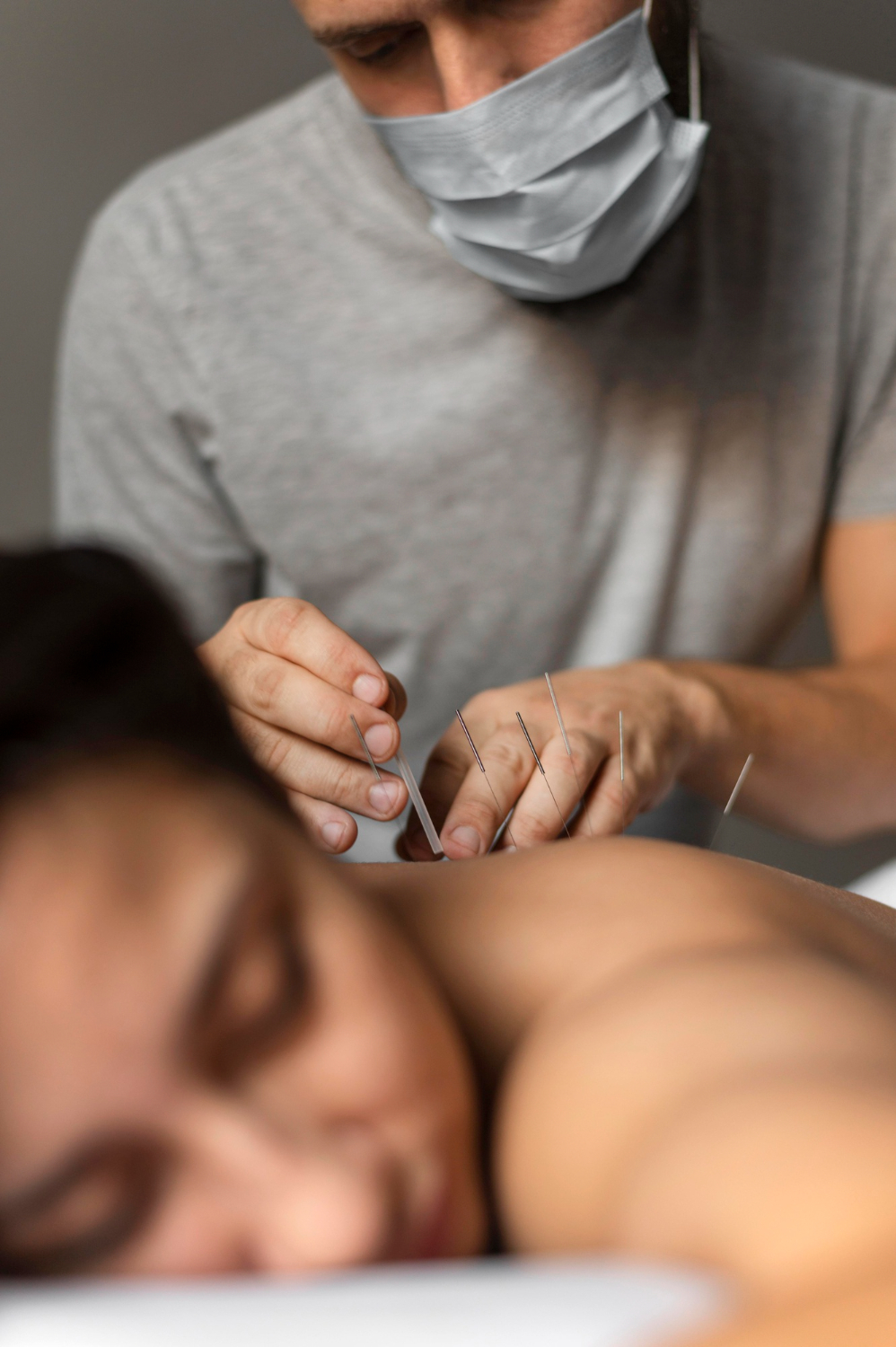
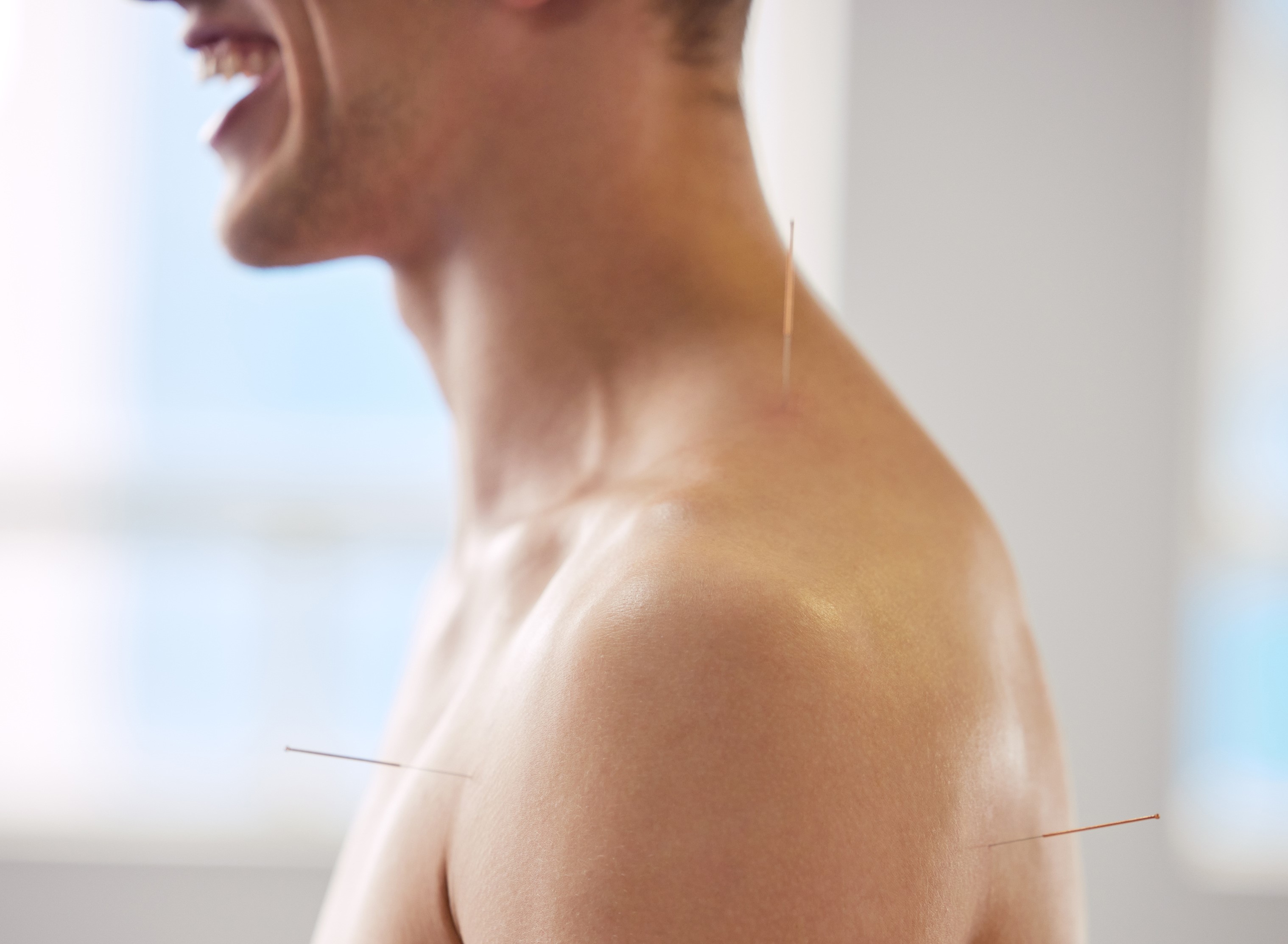
True health is more than the absence of illness—it’s the presence of balance, energy, and joy. Through acupuncture in Toronto, you can nourish your body, calm your mind, and listen to your soul. Every small step toward wellness is a powerful act of self-love. Start today, and become the healthiest, happiest version of yourself.
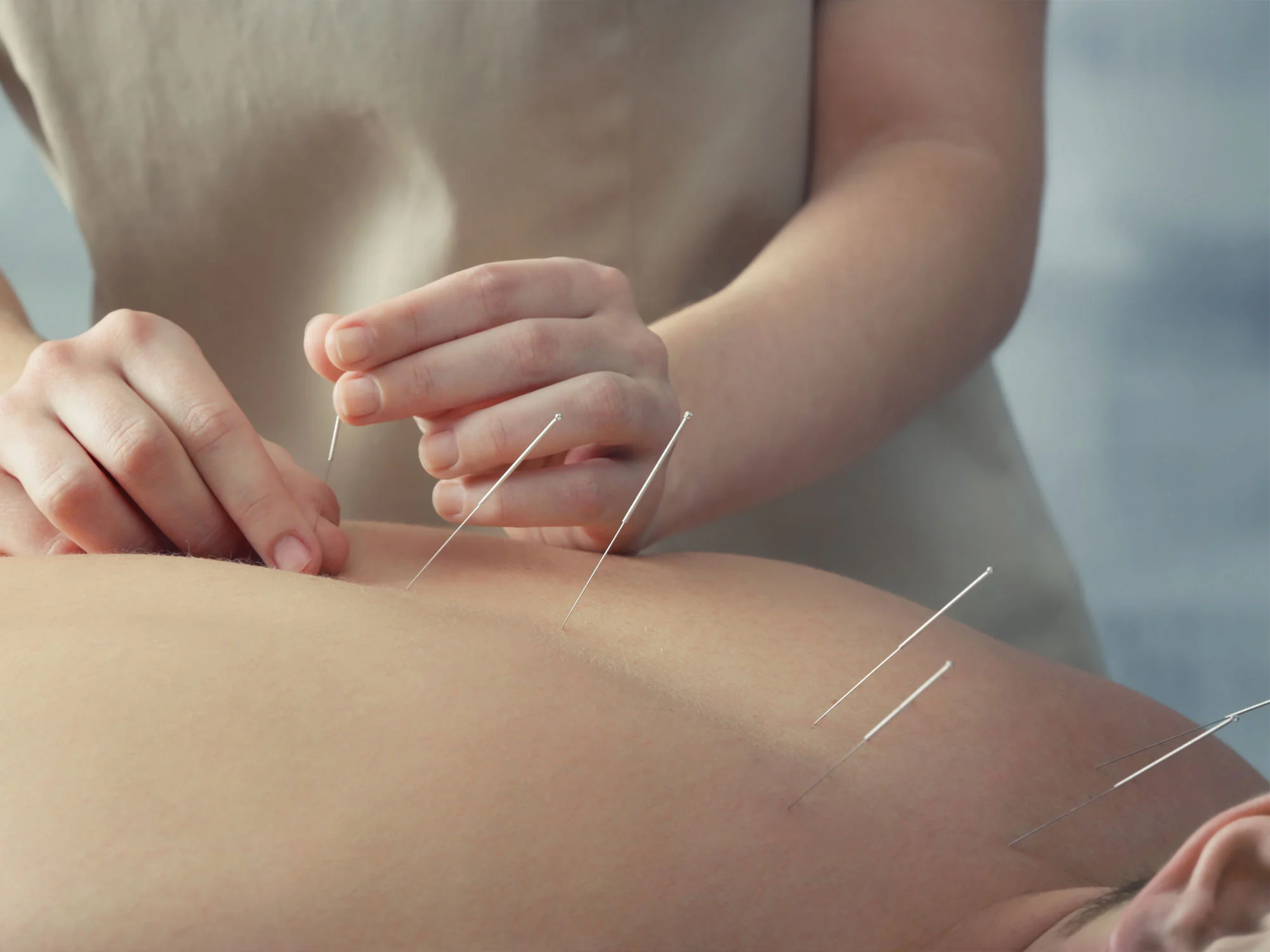
Acupuncture in Toronto is a holistic therapy using fine needles to stimulate healing, relieve pain, and restore the body's natural balance.
Read More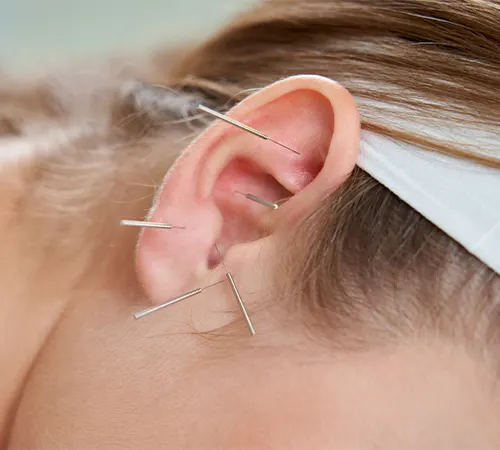
Auricular acupuncture targets specific ear points to treat pain, stress, and imbalances, promoting overall health and wellness naturally.
Read More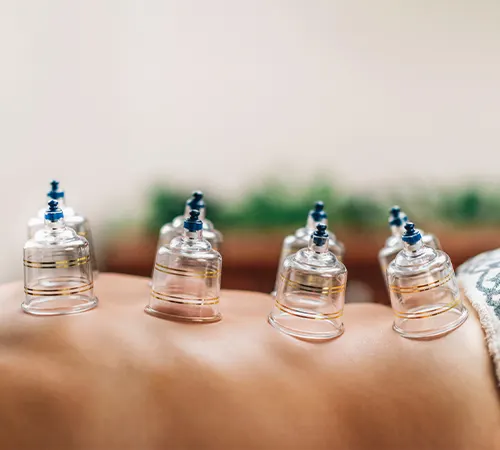
Cupping is an ancient therapy using suction to improve circulation, relieve pain, and promote natural healing.
Read More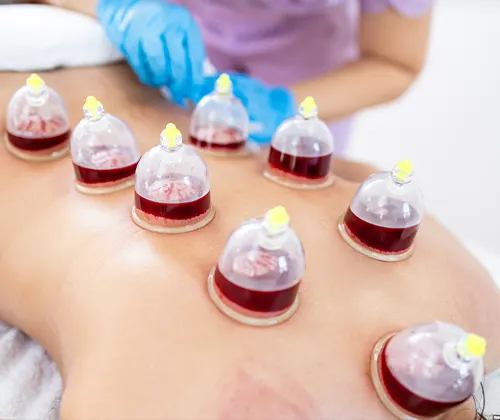
Hijama in Toronto is a traditional healing practice that removes toxins, improves circulation, and promotes natural recovery through gentle suction on specific body points.
Read More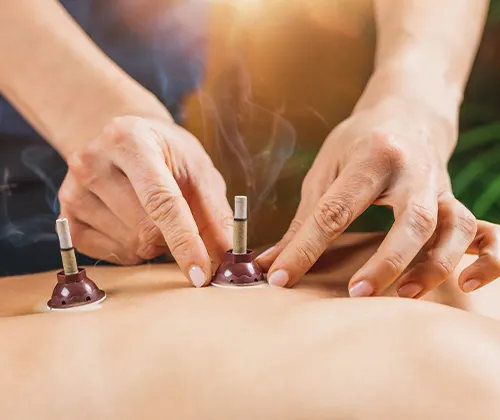
Moxibustion uses heated herbs to stimulate acupuncture points, enhancing circulation and promoting natural healing.
Read MoreEnhance your natural beauty with confidence. Cosmetics aren’t just about appearance—they’re about expression, empowerment, and embracing the skin you’re in. When combined with holistic approaches like Chinese medicine in Toronto, you support beauty from within. Every brushstroke is a step toward feeling bold, radiant, and uniquely you. Let your beauty shine from the inside out—because confidence is the most powerful cosmetic of all.
Cosmetic acupuncture rejuvenates skin naturally, promoting collagen and reducing wrinkles without surgery or chemicals.
Microneedling boosts collagen, improves texture, and rejuvenates skin for a smoother, youthful glow.
Dermabrasion is a skin-resurfacing procedure that smooths texture and reduces scars or fine lines.
Bio-Microneedling is a revolutionary, machine-free microneedling alternative using natural sponge-derived microneedles to boost collagen, speed up skin renewal, and enhance product absorption—all with minimal downtime and strong results.
Acupuncture in Toronto offers a powerful, drug-free solution to managing and relieving pain by stimulating the body’s natural healing processes. Whether you’re dealing with chronic discomfort or acute injuries, acupuncture provides targeted, long-term relief by addressing the root cause—not just the symptoms.
How Acupuncture Helps with Pain Relief:
Stimulates Natural Painkillers: Acupuncture triggers the release of endorphins and serotonin to reduce pain and improve mood.
Reduces Inflammation: By promoting circulation and balancing energy flow, it helps decrease swelling and inflammation.
Improves Mobility: Regular sessions can enhance joint function and muscle flexibility for better physical performance.
Targets Chronic and Acute Pain: Effective for back pain, arthritis, migraines, sciatica, sports injuries, and more.
Each treatment is personalized to suit your unique condition and body type. Acupuncture not only alleviates physical pain but also supports emotional well-being, offering a holistic path to recovery.
If you’re seeking a natural, proven alternative to medication and surgery, acupuncture could be your ideal solution. Let us help you reclaim comfort, energy, and mobility—starting today.
Book your appointment now and take the first step toward a pain-free life.
Discover the power of healing from the inside out. At the heart of what we do is your well-being—relieving pain, restoring balance, and reigniting your vitality. Whatever you’re facing, we’re here to guide you toward a healthier, more empowered version of yourself. Let’s begin your journey to wellness.
Andrea Arguedas
Rowaida Hussein
Teresa des Vignes
Khadija Gheriani
Discover insights, expert advice, and empowering tips in Our Blogs & Tips. Unlock the secrets to healthier living, self-care, and wellness—one post at a time. Let us inspire your journey toward balance, vitality, and a happier, healthier you. Dive in and transform your life today!
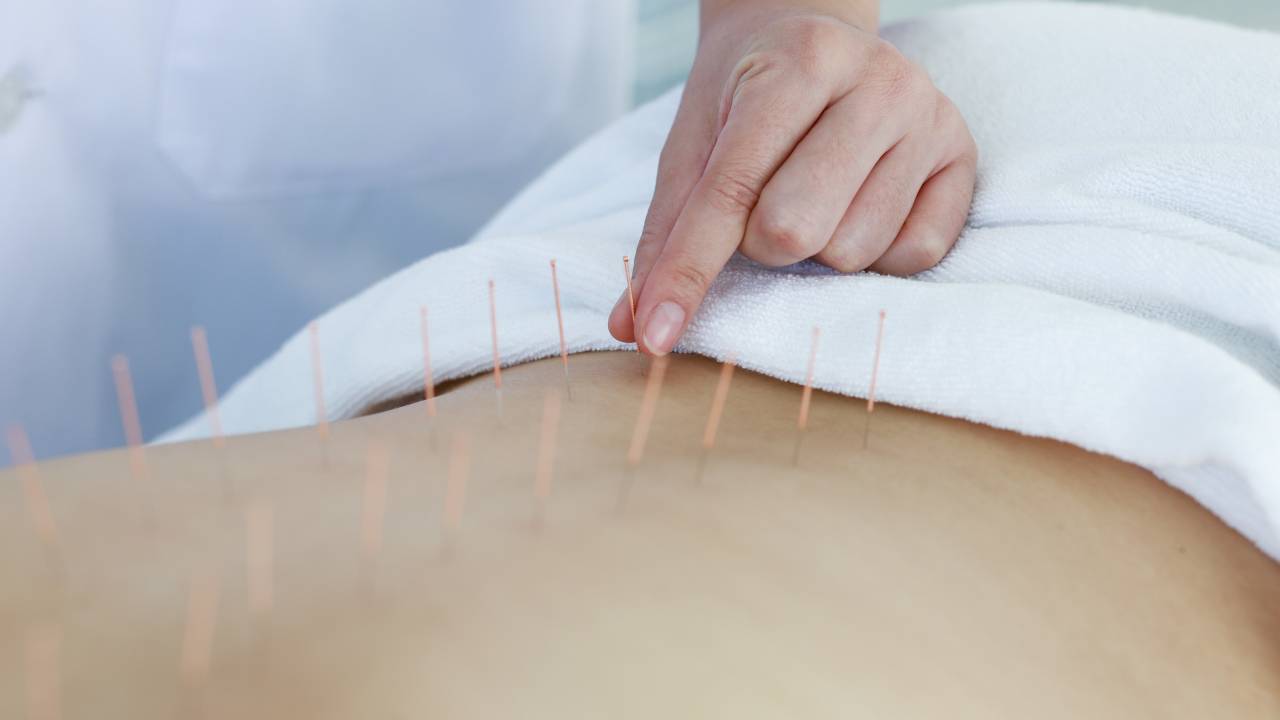
14 Aug 25
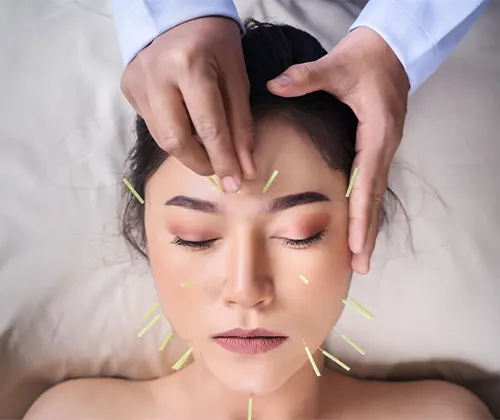
In recent years, an increasing number of people have turned to natural therapies for improved health, and Acupuncture in Toronto has become one of the most trusted holistic treatments. This ancient Chinese practice uses fine, sterile needles to stimulate specific points on the body, helping restore energy balance, reduce discomfort, and promote healing without drugs.
This guide explains how acupuncture works, its health benefits, and why Toronto residents rely on it for safe and effective wellness support.
Rooted in Traditional Chinese Medicine, acupuncture focuses on improving the body’s flow of energy—known as Qi. Practitioners trained in Chinese Medicine in Toronto view illness as an imbalance in this vital energy system. By stimulating key acupoints, acupuncture helps restore balance, relieve pain, and support overall wellness. This approach encourages the body’s natural healing process, combining ancient knowledge with modern understanding.
While Traditional Chinese Medicine describes acupuncture as a method for balancing Qi, science explains its benefits through biological mechanisms. Research shows that acupuncture helps:
Because of these effects, acupuncture plays a significant role in pain management, offering patients long-term Relief from muscle tension, arthritis, migraines, and joint pain without relying on Medication.
During your first acupuncture session, your practitioner conducts a detailed assessment of your health history and goals. They identify specific acupoints related to your symptoms and insert sterile, hair-thin needles into these areas. Most patients describe the sensation as relaxing rather than painful.
You’ll rest for about 20–30 minutes as the needles activate your body’s healing response. Afterward, your acupuncturist may recommend additional therapies or lifestyle adjustments to enhance your recovery and overall wellness further.
For deeper detoxification and improved circulation, some patients combine acupuncture with Hijama in Toronto, also known as cupping therapy. Hijama uses suction cups to draw out toxins, relieve muscle stiffness, and encourage blood flow. When paired with acupuncture, it enhances healing and helps the body eliminate stagnation more efficiently. This combination offers powerful results for those dealing with chronic fatigue, muscle tension, or inflammation.
Holistic wellness also extends to skincare, and many clinics now offer Microneedling in Toronto alongside acupuncture. Microneedling utilizes fine needles to stimulate collagen production, reduce the appearance of scars, and rejuvenate the skin. This procedure supports natural repair and complements the balancing effects of acupuncture, providing patients with both internal and external rejuvenation.
Acupuncture offers a wide range of health benefits, including:
By promoting the body’s self-healing ability, acupuncture empowers individuals to take an active role in their wellness journey.
When selecting a clinic for acupuncture or other holistic services, choose licensed practitioners who specialize in integrative care. Look for professionals experienced in acupuncture, cupping (Hijama), microneedling, and Chinese Medicine to ensure comprehensive treatment. Reading reviews, checking credentials, and scheduling a consultation can help you find a clinic that aligns with your health goals.
Acupuncture remains a standout natural, effective, and scientifically supported therapy for individuals seeking balance, pain Relief, and enhanced wellbeing. By combining acupuncture with treatments such as Hijama, Microneedling, and principles of Chinese Medicine, patients experience a comprehensive mind-body renewal. Whether your goal is better pain management in Toronto or overall wellness, acupuncture offers a holistic path toward lasting health and harmony.health — one fine needle at a time.
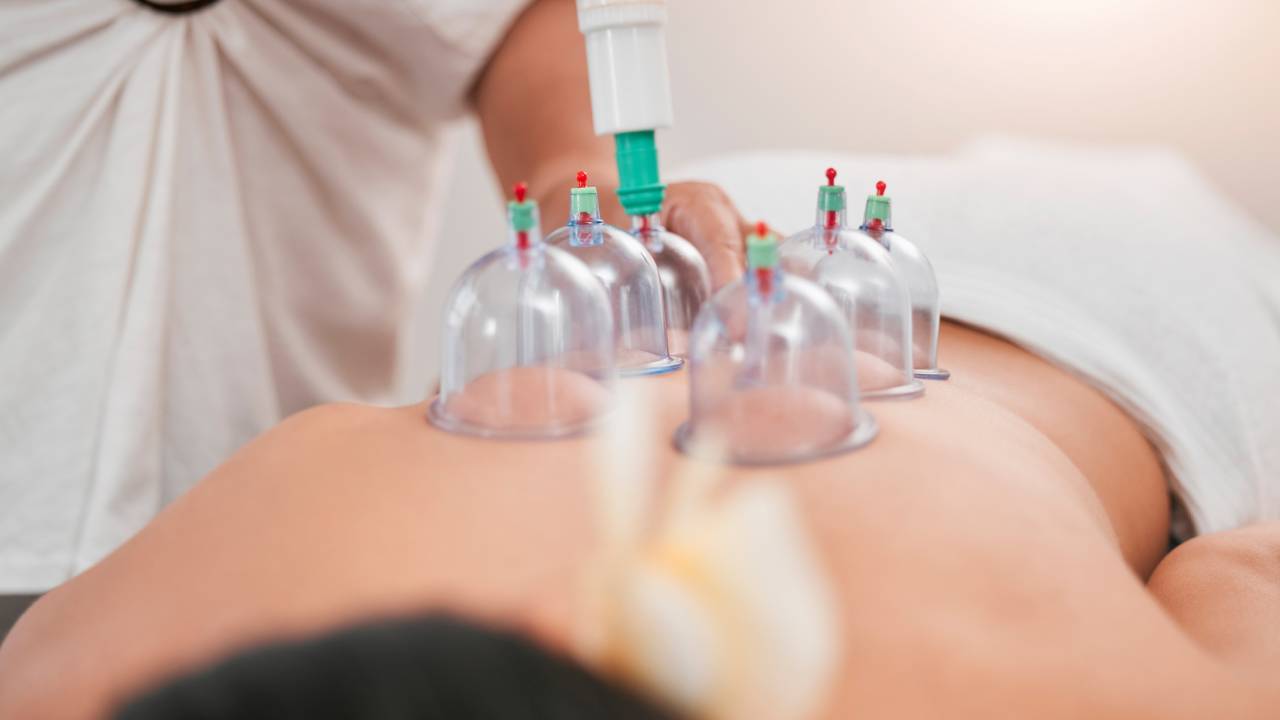
14 Aug 25
Wellness seekers in Toronto are turning to alternative therapies for natural healing, and Hijama has emerged as a popular choice. Beginners often ask one crucial question before booking their first session: How safe is Hijama?
This guide answers that question in detail, explaining the safety measures, benefits, risks, and best practices for those new to Hijama in Toronto.
Hijama in Toronto refers to the professional practice of cupping therapy in the city, performed by trained practitioners who follow strict hygiene and safety protocols. The process involves placing cups on the skin to create suction, which may be combined with small, controlled incisions in wet cupping sessions.
Beginners choose Hijama in Toronto to help with muscle pain, detoxification, stress Relief, and general wellness.
Professional practitioners ensure the safety of Hijama by:
These measures protect beginners from unnecessary risks and create a safe, practical experience.
Many beginners experience positive outcomes after Hijama in Toronto, such as:
By stimulating the body’s natural healing processes, Hijama offers a gentle introduction to holistic wellness for first-timers.
While Hijama in Toronto remains generally safe, beginners should understand potential side effects:
Most side effects resolve within a few days, and professional aftercare guidance minimizes complications.
To enjoy a safe first session of Hijama, beginners should:
Preparation helps ensure comfort and reduces the risk of any adverse reactions.
Beginners can expect the following steps when trying Hijama in Toronto:
Following proper aftercare ensures a safe recovery for beginners after Hijama:
Certain conditions may require postponing or avoiding Hijama in Toronto:
Beginners with these conditions should seek medical advice before booking a session.
The qualifications and skills of the practitioner greatly influence safety for beginners in Hijama in Toronto. Licensed practitioners:
When beginners compare Hijama in Toronto to massage therapy, acupuncture, or physiotherapy, they often note its unique combination of physical, circulatory, and detoxifying effects. Unlike some treatments, Hijama works on both the physical and energetic levels of the body.
Beginners often choose Hijama in Toronto because:
Beginners will find that Hijama in Toronto typically costs between $50 and $500 per session, depending on location, practitioner experience, and whether they choose dry or wet cupping. Package deals often make regular sessions more affordable.
For most healthy individuals, Hijama in Toronto offers a safe and practical introduction to alternative wellness. When beginners choose qualified practitioners and follow aftercare instructions, they minimize risks and maximize benefits.
If you’re curious about natural healing, your first Hijama session could open the door to better circulation, reduced tension, and improved energy — all with the reassurance of professional care.
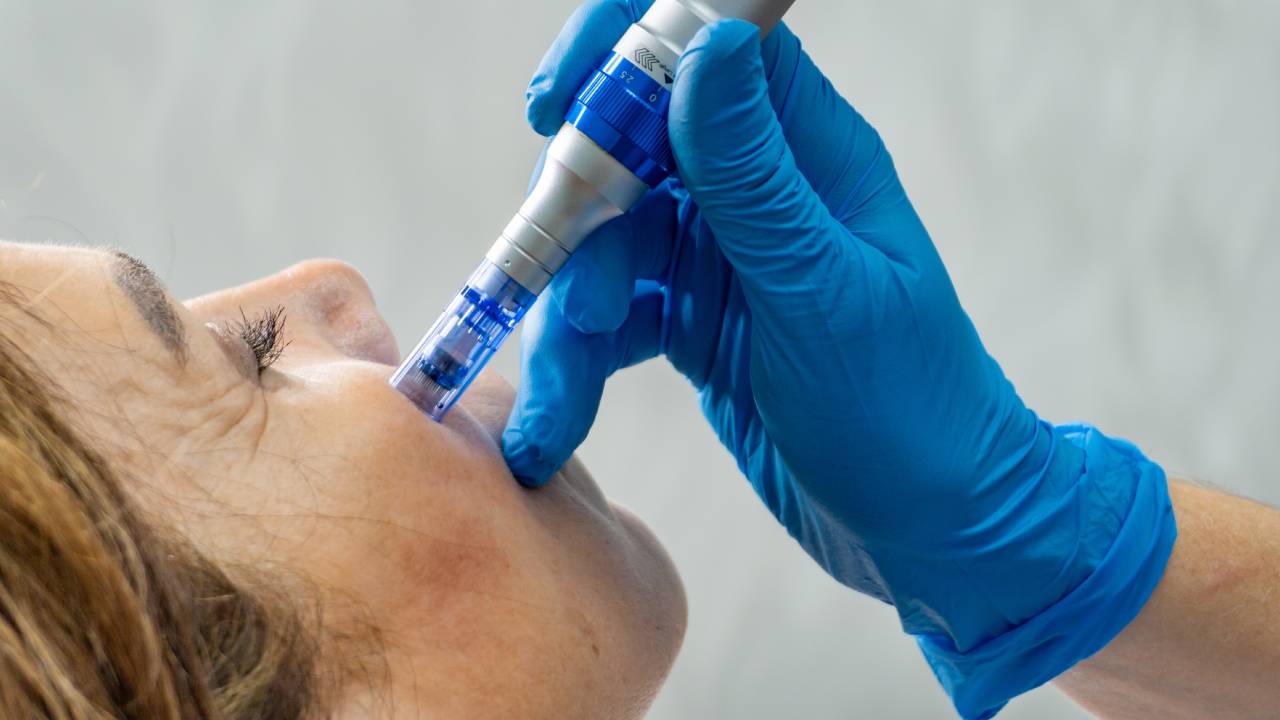
14 Aug 25
Skin rejuvenation treatments have evolved significantly over the past decade, and Microneedling in Toronto has become one of the most sought-after procedures. This minimally invasive treatment stimulates the skin’s natural healing process, helping clients achieve smoother, firmer, and more youthful-looking skin.
In this article, we explain what Microneedling involves, how practitioners perform it, and why so many people choose it for their skincare goals.
Microneedling involves using a device with fine, sterile needles to create tiny punctures in the skin’s surface. These micro-injuries trigger the body’s natural wound-healing response, which increases collagen and elastin production. As the skin repairs itself, clients notice improved texture, tone, and overall appearance.
Practitioners in Toronto offer microneedling as a solution for acne scars, fine lines, wrinkles, enlarged pores, and uneven pigmentation.
When you undergo Microneedling in Toronto, the controlled micro-injuries activate three key skin-healing phases:
By working with your body’s natural processes, Microneedling delivers visible, long-lasting results without harsh chemicals or extended downtime.
When you book Microneedling in Toronto, the session usually follows these steps:
Most people tolerate Microneedling in Toronto well, and sessions typically last 30–60 minutes.
People choose Microneedling in Toronto for multiple skin concerns, including:
Many clients also appreciate that Microneedling uses the body’s healing power, making it a natural approach to skin rejuvenation.
While laser therapy, chemical peels, and dermabrasion also target skin texture and tone, Microneedling in Toronto offers unique advantages:
For people seeking gradual, natural-looking improvements, Microneedling often provides the ideal balance of effectiveness and recovery time.
Most healthy adults can undergo Microneedling in Toronto, but it works exceptionally well for those with:
However, people with active skin infections, severe acne, or certain medical conditions should consult a professional before starting treatment.
Practitioners adjust microneedling depth and technique to suit various skin types. Microneedling can benefit oily, dry, combination, and sensitive skin, as long as the provider tailors the procedure for safety and comfort.
Many clinics enhance results by pairing Microneedling with:
Combining treatments can improve outcomes for stubborn skin concerns.
After Microneedling in Toronto, most clients experience mild redness and swelling for 24–72 hours. Some notice slight flaking or tightness as the skin heals.
You can usually return to work the next day, but you should:
Collagen production takes time, so results from Microneedling appear gradually:
A series of 3–6 sessions spaced 4–6 weeks apart often delivers the best outcomes.
The price for Microneedling varies depending on clinic location, practitioner experience, and treatment add-ons. On average, sessions range from $200 to $500, with package discounts for multiple treatments.
When selecting a clinic for Microneedling in Toronto:
When trained professionals perform Microneedling in Toronto, the procedure is generally safe. Possible side effects include temporary redness, swelling, or mild irritation. Following aftercare instructions significantly reduces any risks.
Microneedling in Toronto offers a practical, minimally invasive way to improve skin health and appearance. By stimulating your body’s natural collagen production, this treatment addresses scars, fine lines, enlarged pores, and uneven skin tone.
If you want a proven, science-backed solution for skin rejuvenation with minimal downtime, consider booking a Microneedling consultation and starting your journey toward radiant, youthful skin.